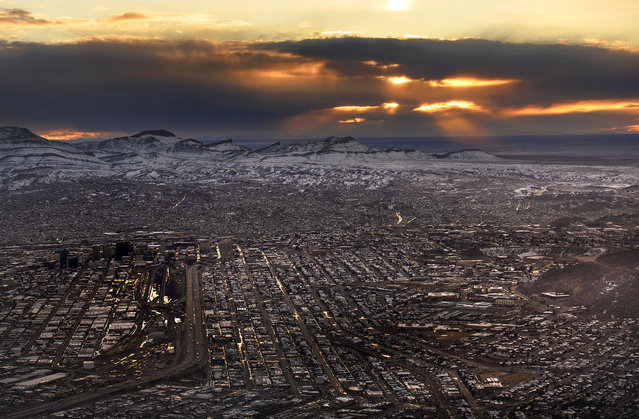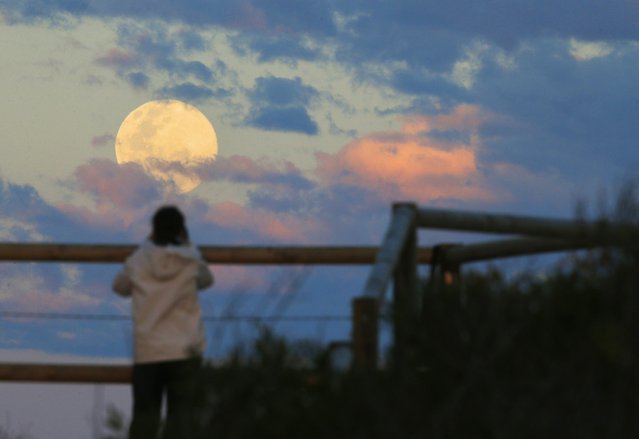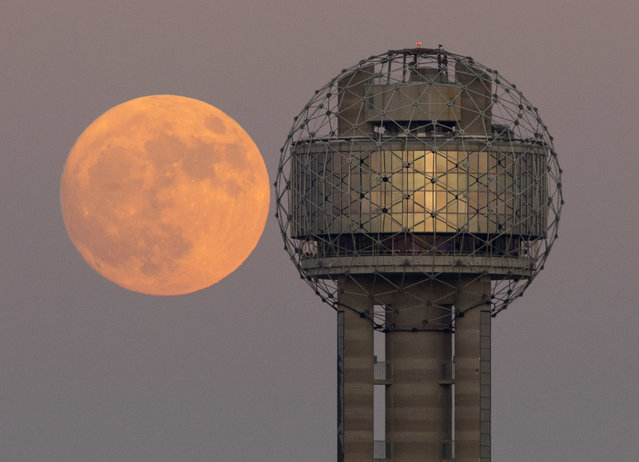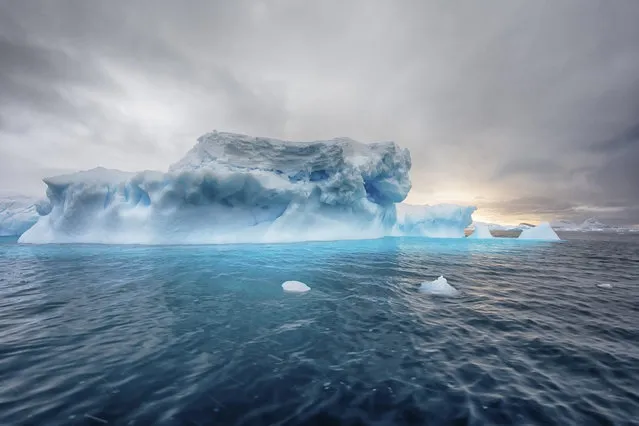
It’s the United States of Air-merica! Pilot Jassen Todorov from San Francisco spent three weeks flying across eight states in a 1976 Piper Warrior plane to capture the this shots – from deep craters in Arizona’s red desert and the swamps and wetlands in Florida and Louisiana, that look like they could be on alien planets, to freeways and stretches of suburban Texas. Here: El Paso, Texas at sunset. (Photo by Jassen Todorov/Caters News)
22 Jan 2016 10:53:00,post received
0 comments







